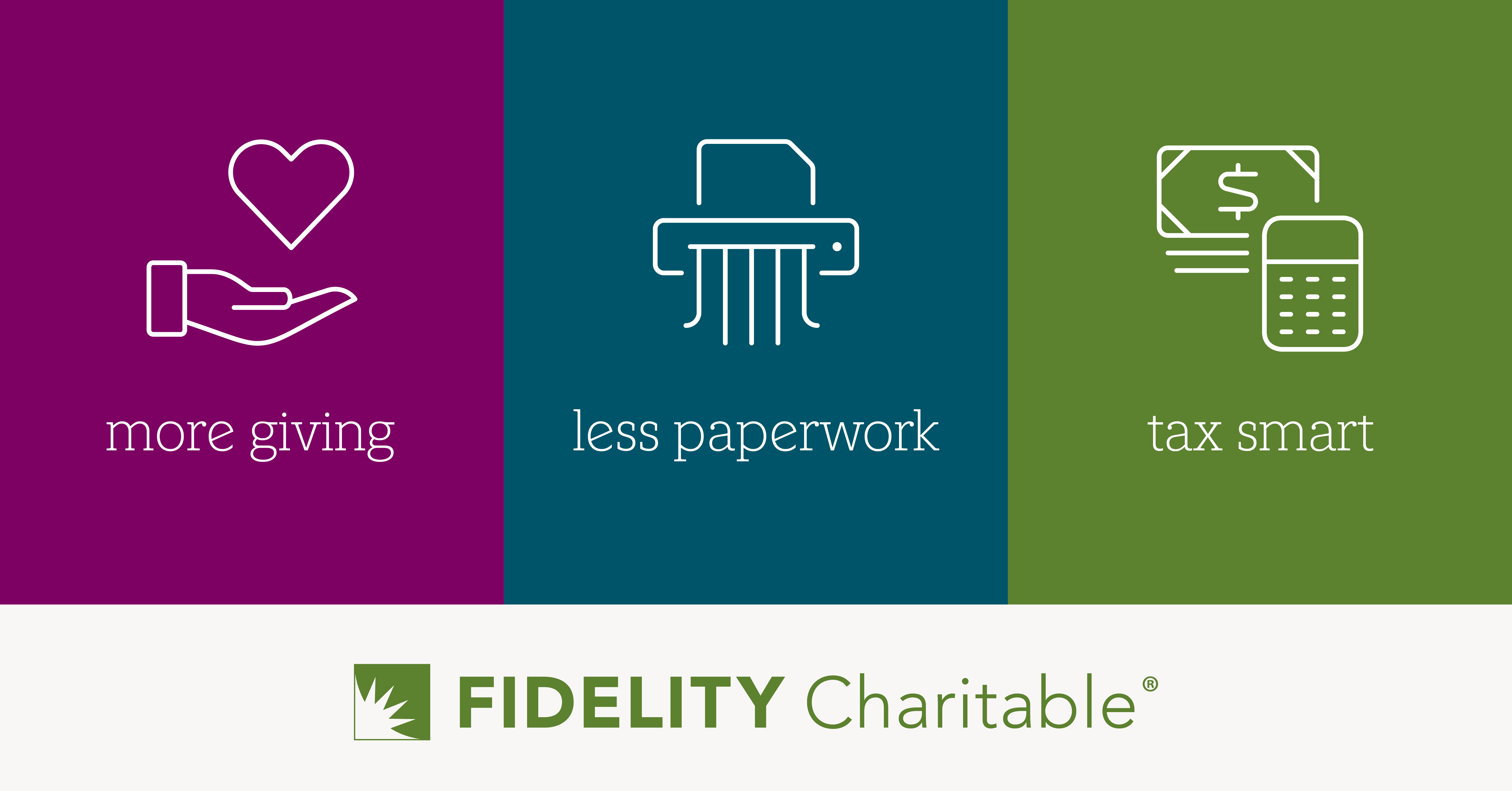Guidance for Investors and Business Leaders
A defined organizational purpose creates a clear opportunity for alignment across stakeholders, including customers, employees, investors and others, because purpose provides meaning — a fundamental “why” an organization exists. Purpose inspires passion and, in turn, commitment to achieve a shared long-term goal — a “where” an organization is going — and a basis for a shared vision — a “what” — it is trying to achieve. Purpose also lays the foundation for a company’s values and operating principles — the “how” — including policies and procedures that shape culture and help set short-, medium- and long-term goals in alignment with the organization’s purpose and vision.
A clear organizational “why” is also key for investor alignment — as investors, we want to know the companies we invest in have a “where,” “what,” and “how” to generate strong organizational alignment and drive competitive advantage in the marketplace. Purpose gives all stakeholders a reason to care about the success of the enterprise, both internally and externally — and the success a company has at getting where its intending to go can depend meaningfully on how its stakeholders are brought to the table around that shared purpose.
Yet today, purpose, and environmental/social/governance factors (“ESG”) shaped by purpose, are too often considered “squishy” subjects, despite the considerable hard data demonstrating real competitive advantage. Consider: Employees who care about their work and feel they are contributing to a higher purpose stay around longer, are more engaged and more productive. They give higher quality service experiences, which in turn drives customer satisfaction and loyalty. Values alignment with customers increases the probability of repeat purchases, increasing net promoter scores, which in turn lowers the cost of customer acquisition and improves margins. More diverse teams have been shown repeatedly to be more likely to make better decisions and increase profitability. And companies with more diverse leadership teams are shown to experience above-average profitability over companies with little to no leadership diversity. This is all surely good news for impact investors who are seeking purpose-driven businesses and ESG-aligned management teams within their portfolios.
However, change in response to the data above has been slow. It also raises the question whether having data-driven evidence should preclude the moral imperative of these topics from our thinking on how we invest in, build and operate businesses. I recently had the pleasure of discussing the topic of how purpose and ESG — including diversity and inclusion — can create stronger, more resilient, and more successful investment portfolios and businesses with my friend and colleague at Nia Impact Capital, Kristin Hull. We’ve both recognized and experienced the value of having purpose as a throughline from different vantage points — Builders Fund is a growth-stage private equity firm and Nia’s work focuses more on public markets. As investors, we believe guidance for portfolio companies is critical — and knowing how to guide business leaders is part of our investing strategy. Below are excerpts from our conversation diving into why purpose and diversity matter for any business and a review of some of the tools that leaders can leverage to create competitive advantage and drive lasting change.
Tripp Baird: So often, purpose and diversity, equity, and inclusion work gets relegated to a single department or even a single person at a company. But the actual returns have been well-demonstrated, and there is a difference, in our experience, between an authentic commitment and this add-on, unintegrated approach.
Kristin Hull: The benefits of diversity and inclusion are both intangible and so concrete, internally for company culture as well as externally for clients, investors and beyond. For people investing in innovative companies and looking to keep that innovative edge, we recognize that diverse teams make better decisions up to 87% of the time. So, we want to see more people —gender, ethnicity, age and DEI-wise— at companies empowered to make those decisions.
Is this the right thing to do? Yes. Is it the best thing to do for any type of bottom line, whether you’re measuring a triple or single bottom line? Yes, of course.
From what we’ve seen, where a company views their employees in a financial statement is really important. Are they seeing them on the P&L and expense side—as a cost center—or on the balance sheet/asset side, as someone to really care for, invest in and nurture along. This viewpoint makes a big difference in how a company frames what it does and how it takes on these efforts.
Tripp: I love that. It gets at the heart of how our mental frameworks and systemic design create real consequences, and it lays out the necessity of a moral lens on how we think about business’ role in society. It’s analogous to this notion of a two-pocket system—the old way of thinking where I make my money and put it in a pocket any way I can with no regard to externalities, then I give charitable donations from the other pocket. And this thinking begets the current crises we face. Foundations working to solve climate change while their endowments invest in fracking. Outrageous income inequality. The tragedy of the commons that is climate change.
A better way is integrating to be more systematically aware and responsible, a one-pocket system, where corporations can create value across the corporate ecosystem for all stakeholders, including shareholders, and in doing so create a stronger value-generating platform that doesn’t fundamentally destabilize the systems on which it depends to survive. As we think about JEDI (justice, equity, diversity, and inclusion) and ESG, these are all tied together by that same systemic complexity. You can’t truly address environmental issues if you’re not addressing social justice issues because of the way the system has functioned to date, which is disproportionately affecting different sectors and different people.
Kristin: Totally agree. We see this systemic change as fundamental, as an amazing opportunity. You need everybody at the table for the best decisions. The innovation lies in having everyone’s voice being heard and at the table, especially for businesses in innovation. Within our publicly traded companies, we’re seeing more public traction this year with recognizing the work they have to do within the system. About 50% of the CEOs have made a diversity/inclusion statement and an antiracist statement. Now, we are following up with each company to see what’s behind these statements.
We’re looking for authentic commitment and we’ve all seen some companies that are making pretty empty statements. Some even have diversity on their executive team, such as a chief of diversity, and yet we ask, ‘Are they empowered?’ A company can bring on a Black woman for their board so the optics are right, yet does she have a budget? Staff? CEO and board buy-in? A company needs to transparently establish specific, measurable goals, such as the board will be 30% diverse by this date, and then measure and report on progress.
What gets hard is that, even with the data and the social pressure, learning new ways of hiring and promoting, and shifting company culture so that there is higher retention of women and People of Color can be a heavy lift for many to enact change.
Tripp: Yes, it’s always difficult to change anybody’s mind whose paycheck or career depends on ignoring reality. There is a mindset that this kind of thinking about systemic change doesn’t belong and business leaders should solely focus on profits for the next quarter. It represents a real lack of moral imagination, which must be overcome. Capitalism does not have its own moral value set, just like science as a field doesn’t have a moral value set. We have to bring that moral imagination and determine how to apply it within capitalism as a tool for the long term.
At Builders, because we’re private equity, we have less of a dynamic of moving a large public company in a direction and more of a direct dialogue with a management team that we are deeply partnered with first to transparently make sure that we all look with clear eyes with where we are at what we are doing well and what we are not doing well. We often recommend an employee survey as a tool to start that process. And it’s a reason we integrate with B Corp certification and their assessment, the BIA, to help us set a baseline and measure progress at our companies.
Kristin: These ideas have translated, for us, into concrete tools and resources that we find ourselves regularly recommending to our portfolio companies. There are always competing priorities, of course, yet when we get the fundamental structures in place, we can build toward best practices. We recommend LaborX and Incluzion for hiring, the LinkedIn for the LinkedOut. We also recommend Gender Equity Now (GEN), a certification program that also provides consulting on best practices. This certification program was an empowering process for my staff, who are so proud of our company handbook now that it is fully based on practices that lead toward gender equity and equity in other areas as well. Another tool is The Mosaic Project, which does really fun, research-based anti-bias and team-building training and exercises for businesses.
Tripp: So much of company culture, and programs and tools like the great examples you shared, are driven from the CEO and company leadership down. A company really has to have the leadership team aligned to integrate purpose or inclusion into its values and culture. It’s not enough to just appoint a committee, but company leaders must be actively fostering, valuing, and amplifying voices that won’t otherwise be heard. We have to recognize and respect the value of diverse perspectives. Not just because it creates competitive advantage, but because it is also fundamentally the right thing to do. And that moral lens in our work is part of what’s missing in our business conversations. I also think these types of discussion must reach beyond the board room into the intersections of business with NGOs and government through better policy on the one hand, and aligned impact investing on the other, because business obviously can’t generate the social and environmental changes we need today alone. It’s going to take better regulation. Our current free-market system in a vacuum, without some moral overlay, is a system that has shown itself to incent poor behavior. Leading our framework for social interaction with systems that incent us to behave like sociopaths is somewhat unsurprisingly leading us to a bad place. Our systems need a reinvigorated moral framework, and we need to have the moral imagination to integrate that into the conversation with business and investor circles.






